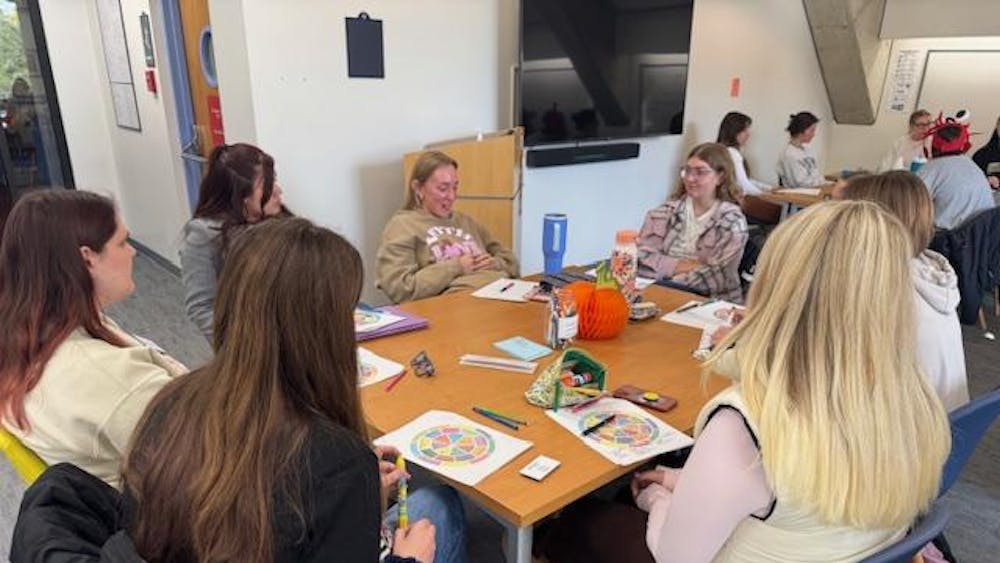“What are you going to do with that?”
That question is familiar to Meg Burns, and it typically follows her introduction as an art history major.
“It does open you up to fielding questions about what you are going to do with your life,” Burns, a sophomore, said.
Katherine Coogan, a sophomore majoring in business and art history, described a similar scenario when she talks about her majors.
“I’ll say it and they’re never excited about it, or upset about it; they’re just confused,” she said.
Caroline Cox, a junior art history major, has had similar experiences with reactions to her academic plans.
While art history can be perceived as an impractical major, the three students seek to prove otherwise.
The trio, all leaders in the Art History club on campus, organized and led a panel to offer students advice and ideas about obtaining summer internships in the art world.
The three students, who all held internships this past summer, expressed that their internships gave them skills they could not have acquired while sitting in a classroom. They also said their experiences helped them narrow their interests and discover the work they wanted to do after graduation.
That discovery happened for Burns when she interned at the Hesburgh Library’s Rare Books and Special Collections last summer. While she found the work interesting, the summer helped her learn more about what type of role she wanted to play in museum work.
“I think I want something that’s more public,” she said. “Something that I get to interact with people.”
Students like Burns, Coogan and Cox aim to work in the art world, but that is not the case for all art history students.
Josh Weinhold, assistant director of communications for the College of Arts and Letters, said that art history students make their way into other industries like education, finance and advertising.
However, even these students can end up using their art history degree despite working in a different field.
“A law school student might end up in some form of entertainment or copyright law, or someone doing a service program like AmeriCorps could land a job in an art-related field after that,” he said in an email.
But while jobs in the art world exist, how does one go about getting them?
Coogan said forming connections with potential employers is essential.
“You think Mendoza [Business School] is networking … the art world is way more,” she said.
Still, the three students agreed that their effort to interact with figures in the industry is not a tedious undertaking.
“It doesn’t feel like networking,” Burns said. “It feels like making friends.”
While Burns, Coogan and Cox all have at least one more summer before graduation, their predecessors in the art history program present a hopeful future for when that day comes.
According to First Destination reports published by Notre Dame’s Center for Career Development, zero percent of art history majors at the University who graduated in 2017 were seeking employment six months after graduation.
If art history students feel worried about limited employment opportunities, they do not share their concerns with Professor Elyse Speaks, the faculty advisor for the Art History Club. In an email, she said that she could not recall any time when students had approached her feeling unsure about their likelihood of post-graduate success.
So when Meg Burns and other art history students get the question “what are you going to do with that?”, they can take heart in the careers of those who have been asked the question before them.
If the precedent set by recent art history graduates at Notre Dame continues, they will have an answer.
Read More
Trending









